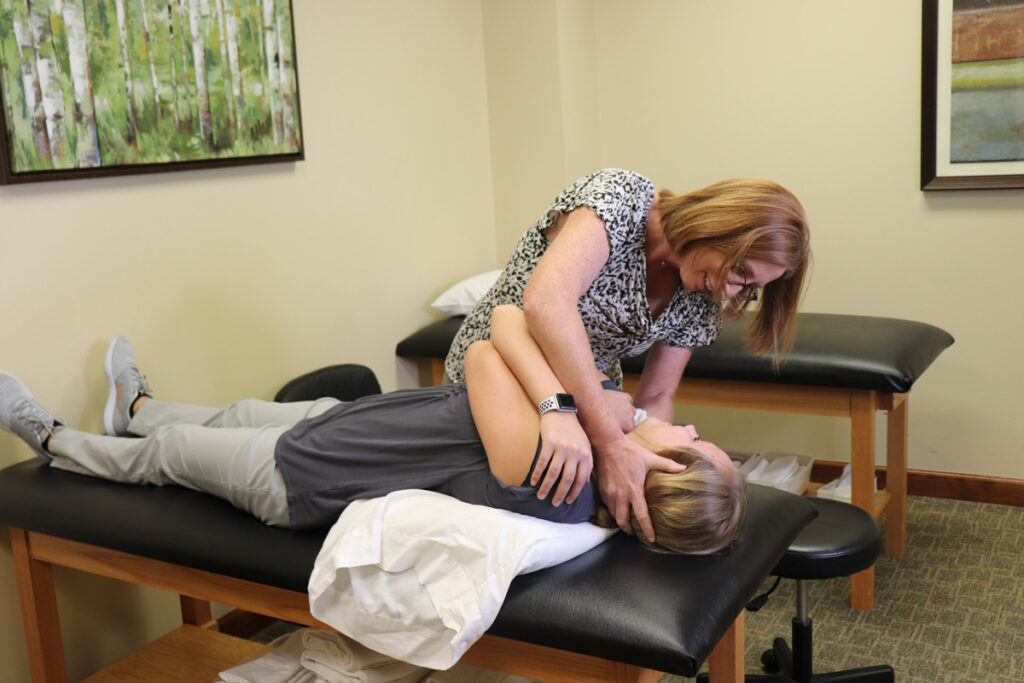By Beth Hall, MPT, Cert. MDT, CEAS
Regional Manager—Webster Groves, MO
When we think of concussion, we often think of football players taking direct hits to the helmet. While concussions can and do occur in these situations, individuals of all ages and activity levels sustain concussions and suffer from the sequelae. Acceleration and deceleration of the brain at a rate of speed that is fast enough to cause the brain to crash into the skull are all that is required to sustain a concussion. This may be from a direct blow to the head, such as with a fall or sports injury. However, it may also occur without such a blow, as with whiplash injuries. Regardless of the cause of the concussion, physical therapy can assist with the recovery process.
The effects of concussions may include headaches (in 90% of the cases), neck pain, dizziness (in 80% of cases), balance deficits, impaired cognition (mental fogginess), behavioral changes (irritability, emotional lability) and sleep disruption (insomnia, drowsiness). Physical therapy is instrumental in the treatment of the first four of the aforementioned impairments.
Headaches and neck pain are treated with a variety of physical therapy approaches. Often times, the headache is related to the cervical spine injury and subsides with the treatment of the neck. Physical therapists evaluate the neck to rule out ligamentous tears that can be life-threatening and often are overlooked even in the emergency room with x-rays. If they conclude that the ligaments are intact, then they will proceed with a variety of manual therapy approaches including, but not limited to gentle mobilization, myofascial release, and traction. Strengthening of the muscles in the upper back and shoulders is performed. They may also employ modalities such as ultrasound, electrical stimulation, and heat/ice for control of pain. Instruction on proper body mechanics and posture correction is also key.
Dizziness and balance deficits also require thorough evaluative techniques. Physical therapists will first assess the inner ear to rule out the displacement of calcium carbonate crystals (canaliths). These crystals may be displaced and fall into any of the three semicircular canals. This condition is known as benign paroxysmal positional vertigo (BPPV). BPPV causes the sensation that the room is spinning, and the associated dizziness can be so severe that it causes nausea and/or vomiting. The therapist will utilize a series of positions and movements of the head so as to clear the crystals from the canals, thereby alleviating the vertigo. This can usually be accomplished in 1-2 visits for this particular condition.
In other instances, the dizziness and imbalance is unrelated to the canaliths. The therapists will then further investigate the symptoms to determine if the reflexes of the eyes and receptors in the joints are providing accurate feedback to the brain. If a patient demonstrates a complicated presentation, videonystagmography (VNG) may be used to dial in on the system contributing to the symptoms. VNG includes a battery of 18 tests that incorporate a balance platform, infrared goggles and calorics (warm/cool air blow into the ear) to facilitate better diagnosis of the condition. The balance platform identifies directional deficits in balance. Ocular reflexes are assessed by the infrared goggles. Calorics provide us information about whether the condition is related to the peripheral or central nervous system, as well as if it is a unilateral or bilateral problem. The test results are utilized by the therapist to develop an individualized treatment program.
Treatments may include adaptation exercises, gaze stabilization activities, and substitution strategies. Adaptation/Habituation exercises extinguish symptoms through the repetition of provoking activities. The patient is progressively challenged by changing the velocity, arc of movement, and surfaces on which the exercises are performed. Gaze stabilization will improve the patient’s ability to read by restoring the ocular reflexes. Changes of font, speed, direction, and surface stability help to advance these exercises. Substitution strengthens remaining functioning systems to compensate and should include all sensory modalities.
Complete rehab following a concussion is imperative to a reduction of potential future injuries. Athletes are two times more likely to sustain a lower extremity injury (sprain, strain, fracture) in the first year after a concussion. Physical therapists manage the athlete’s return to play by ensuring they move through the treatment progression at a pace specific to their symptom response. The average athlete completes this transition in 10-14 days. Having the supervision of a physical therapist may hasten this process, as the PT will make adjustments to the treatment as soon as the patient is able. Pre-season baseline testing also facilitates this process. Having information about the patient’s prior cognitive function/memory, balance ability, and ocular reflexes allows the therapist to know if the prior level of function for the athlete has been achieved prior to recommending a return to his/her physician for release to return to play.
Fall risk in the elderly population is also increased when these issues are not properly addressed. Therefore, completion of a well-rounded physical therapy program that includes education on adjustments to be in the home and adaptive equipment (if needed) is instrumental in restoring and maintaining independence.
Apexnetwork Physical Therapy employs therapists who have advanced training and hold certifications in the management of patients with vestibular conditions and concussions. Their clinics are also equipped with the tools needed to provide a complete treatment program for these conditions, including VNG. Please contact any of our clinics with any questions related to the treatment of concussions, vertigo, and balance impairments for additional information, or to schedule an evaluation.

